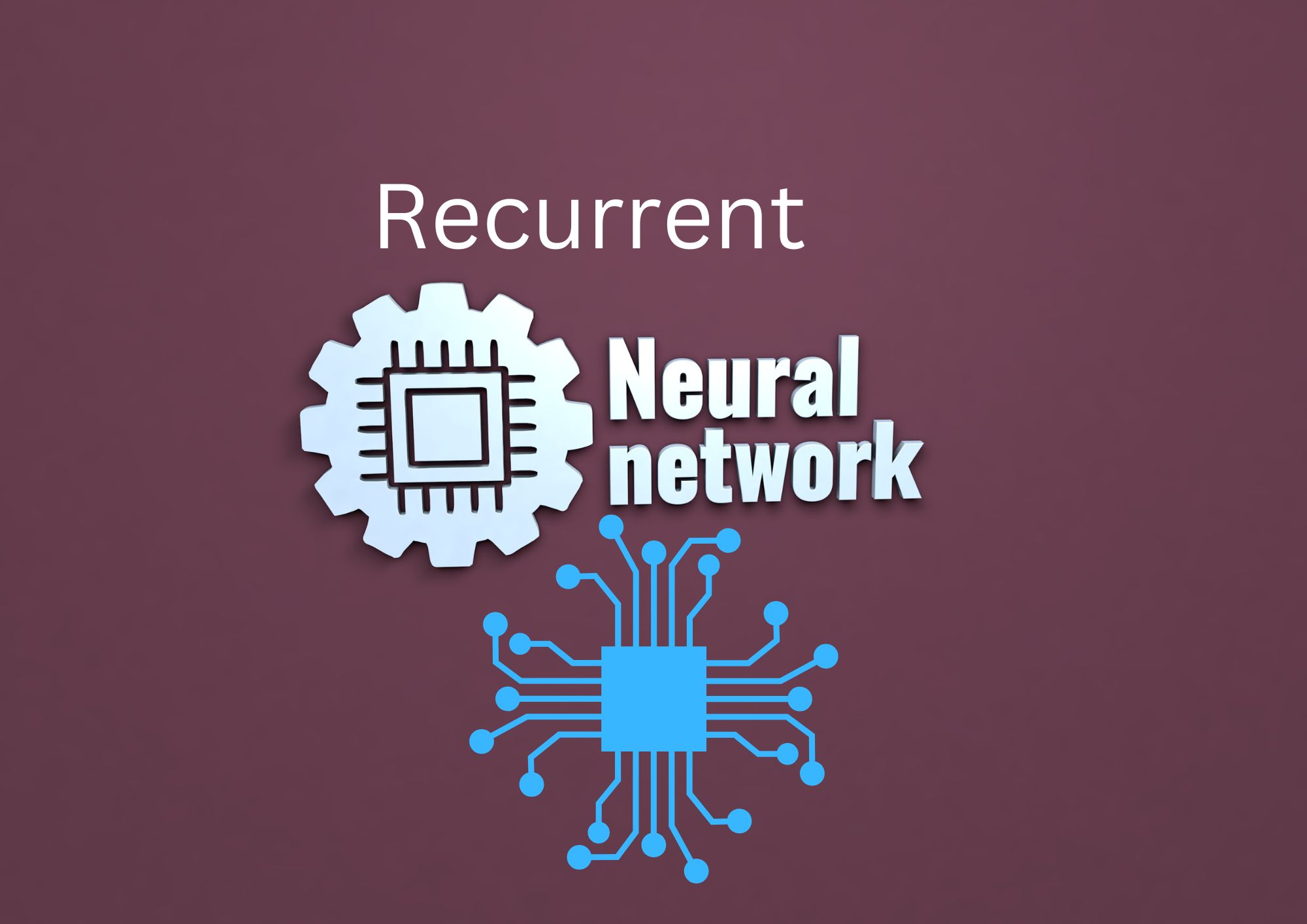Recurrent Neural Networks (RNNs) are a class of artificial neural networks that have shown great promise in the field of natural language processing (NLP) and text analysis.
They have paved the way for advanced AI language models, revolutionizing the way we interact with technology.
In this article, we’ll delve into the intricacies of RNNs, their applications, and how they have transformed NLP.
What are RNNs?
Traditional feedforward neural networks, such as Multi-Layer Perceptrons (MLPs), are incapable of processing sequences of variable length, making them unsuitable for tasks like speech recognition and language modeling.
This is where Recurrent Neural Networks (RNNs) come in. RNNs are designed to handle sequence data by maintaining a hidden state that can capture information from previous time steps.
In a nutshell, RNNs consist of neurons organized in layers, with connections that loop back to the same layer.
This looping mechanism allows RNNs to capture temporal dependencies, making them ideal for natural language processing and other sequence-based tasks.
How do RNNs work?
RNNs process sequences of data by iterating through each element in the sequence and updating their hidden state at each step. The hidden state serves as a “memory” of past inputs, allowing the network to learn complex patterns in the data.
Suppose we have an input sequence [x_1, x_2, ..., x_t]. At each time step t, the RNN computes its hidden state h_t using the current input x_t and the previous hidden state h_(t-1):
h_t = f(W_hh * h_(t-1) + W_xh * x_t + b_h)
Here, W_hh, W_xh, and b_h are the weight matrices and bias vector that the RNN learns during training, and f is an activation function, such as the tanh function.
RNNs and language modeling
RNNs have shown great success in language modeling tasks, where the goal is to predict the next word in a sentence given the previous words.
In this context, RNNs take a sequence of words as input and generate a probability distribution over the vocabulary for the next word.
This ability makes them the foundation for many advanced AI language models like GPT-4, which rely on RNNs for text generation and analysis.
RNNs in Natural Language Processing (NLP)
RNNs have been employed in various NLP tasks, such as sentiment analysis, machine translation, and text summarization.
By leveraging the power of RNNs, AI language models have become more sophisticated and accurate, revolutionizing the way we interact with machines.
Sentiment analysis
Sentiment analysis is the task of determining the sentiment (e.g., positive, negative, or neutral) expressed in a piece of text. RNNs can effectively model the context of words in a sentence, allowing them to capture subtle nuances in sentiment.
Here’s a simple example of an RNN model in Python using TensorFlow for sentiment analysis
import tensorflow as tf
from tensorflow.keras.layers import Embedding, SimpleRNN, Dense
from tensorflow.keras.models import Sequential
# Define the RNN model for sentiment analysis
model = Sequential([
Embedding(input_dim=vocab_size, output_dim=embedding_dim, input_length=max_length),
SimpleRNN(units=rnn_units, activation='tanh'),
Dense(units=output_units, activation='softmax')
])
# Compile the model
model.compile(optimizer='adam', loss='categorical_crossentropy', metrics=['accuracy'])
# Train the model
model.fit(train_data, train_labels, epochs=epochs, batch_size=batch_size, validation_split=0.1)
In this example, we first create an embedding layer to convert the input words into dense vectors.
The SimpleRNN layer captures the sequence information, followed by a Dense layer with a softmax activation function to produce the sentiment probabilities.
Machine translation
Machine translation is the task of translating a text from one language to another. RNNs can be employed in encoder-decoder architectures to encode the input text in one language and decode it into another.
Here’s a high-level outline of an RNN-based encoder-decoder model for machine translation:
- The encoder RNN processes the input sequence in the source language and generates a context vector representing the entire sequence.
- The decoder RNN takes the context vector and generates a translated sequence in the target language one word at a time.
Text summarization
Text summarization is the task of creating a concise summary of a given text while preserving the most important information.
RNNs can be used in sequence-to-sequence (seq2seq) models for abstractive summarization, where the model generates a summary using its own words instead of simply extracting sentences from the original text.
A seq2seq model for text summarization typically consists of an RNN-based encoder to encode the input text and an RNN-based decoder to generate the summary.
Attention mechanisms can be incorporated to help the model focus on relevant parts of the input while generating the summary.
Recurrent Neural Networks (RNNs) have revolutionized the field of natural language processing, enabling advanced text analysis and AI language models that can understand and generate human-like text.
By leveraging RNNs’ ability to process sequences and capture temporal dependencies, researchers and practitioners have developed sophisticated models for sentiment analysis, machine translation, and text summarization.
As AI language models continue to evolve, we can expect even more impressive advancements in natural language processing and text analysis, opening up new possibilities for human-machine interaction.
Thank you for reading our blog, we hope you found the information provided helpful and informative. We invite you to follow and share this blog with your colleagues and friends if you found it useful.
Share your thoughts and ideas in the comments below. To get in touch with us, please send an email to dataspaceconsulting@gmail.com or contactus@dataspacein.com.
You can also visit our website – DataspaceAI



